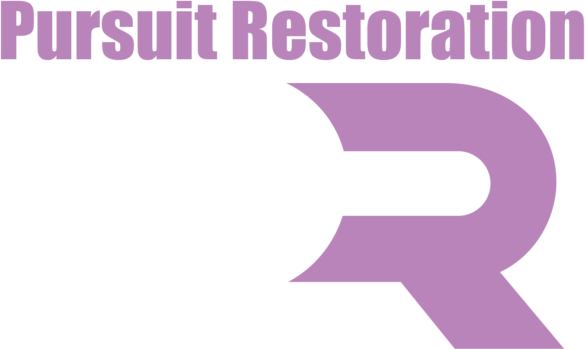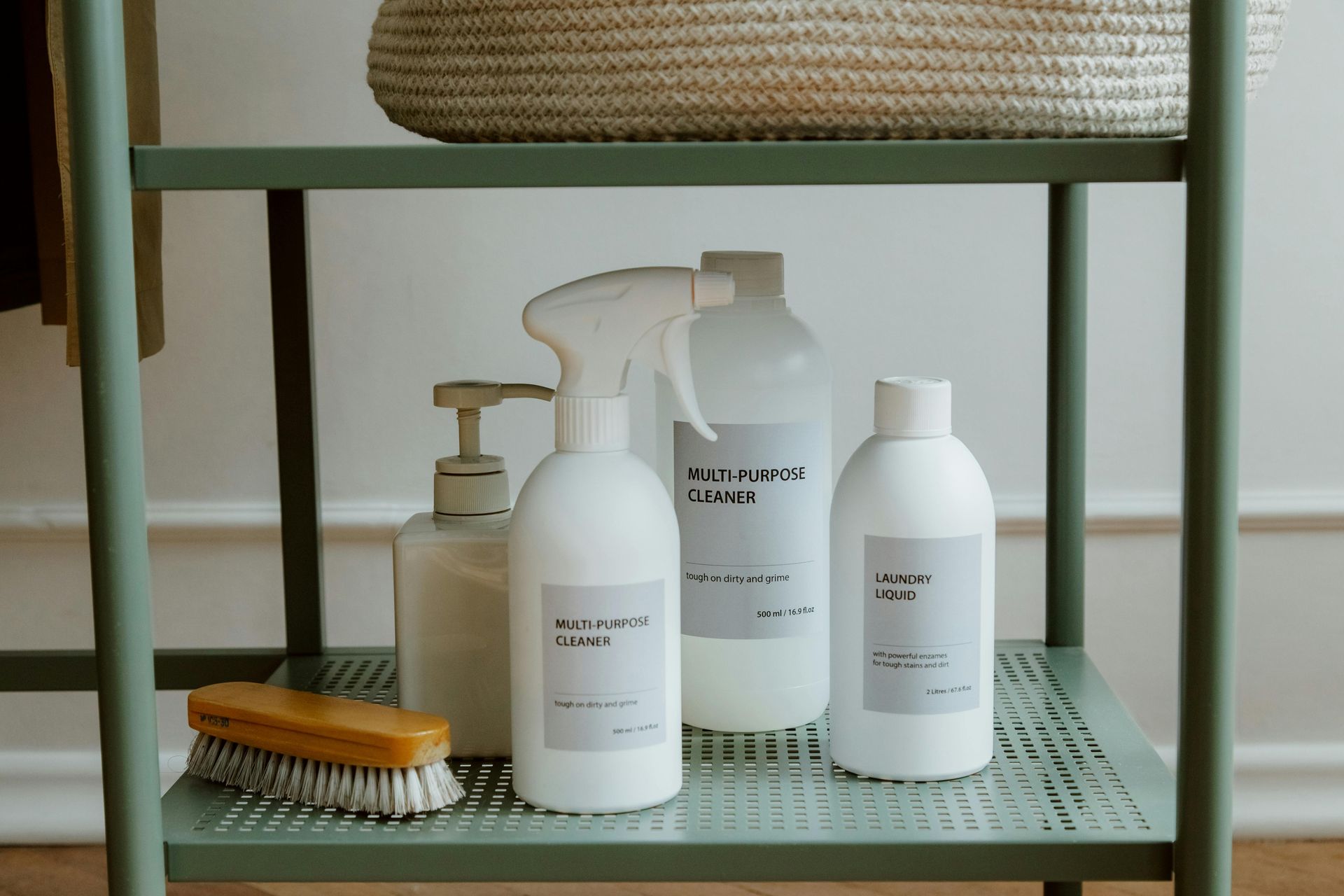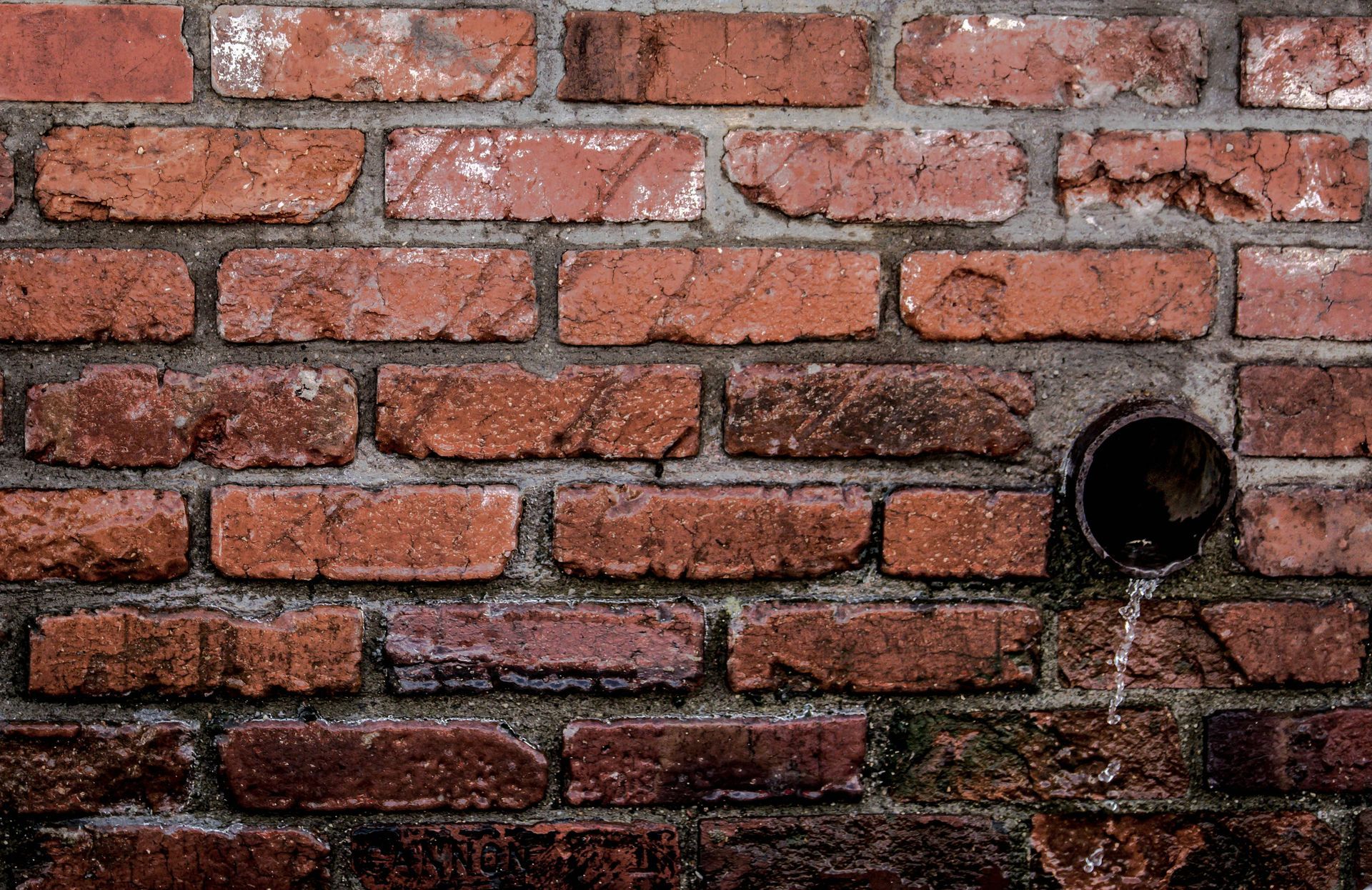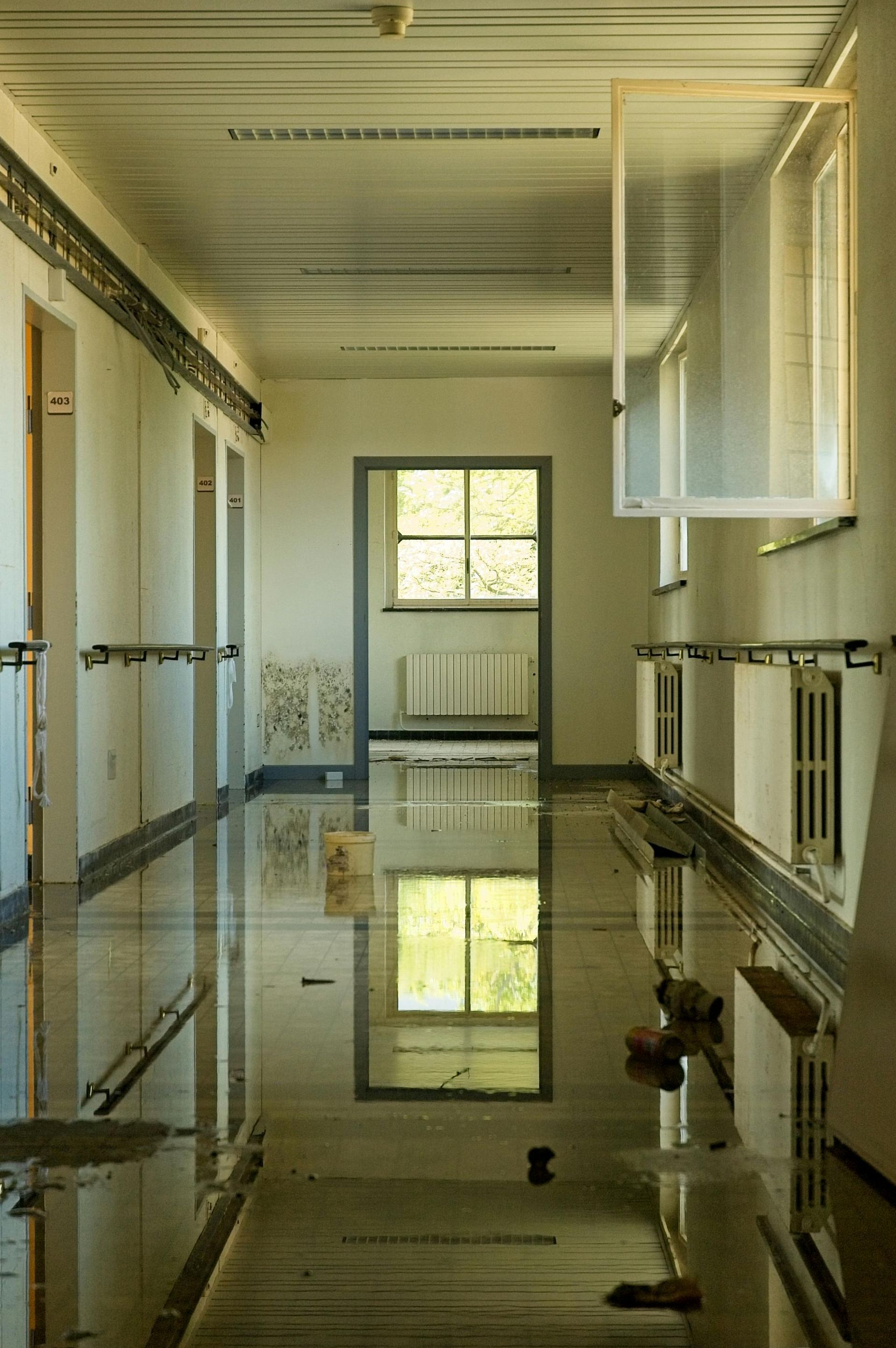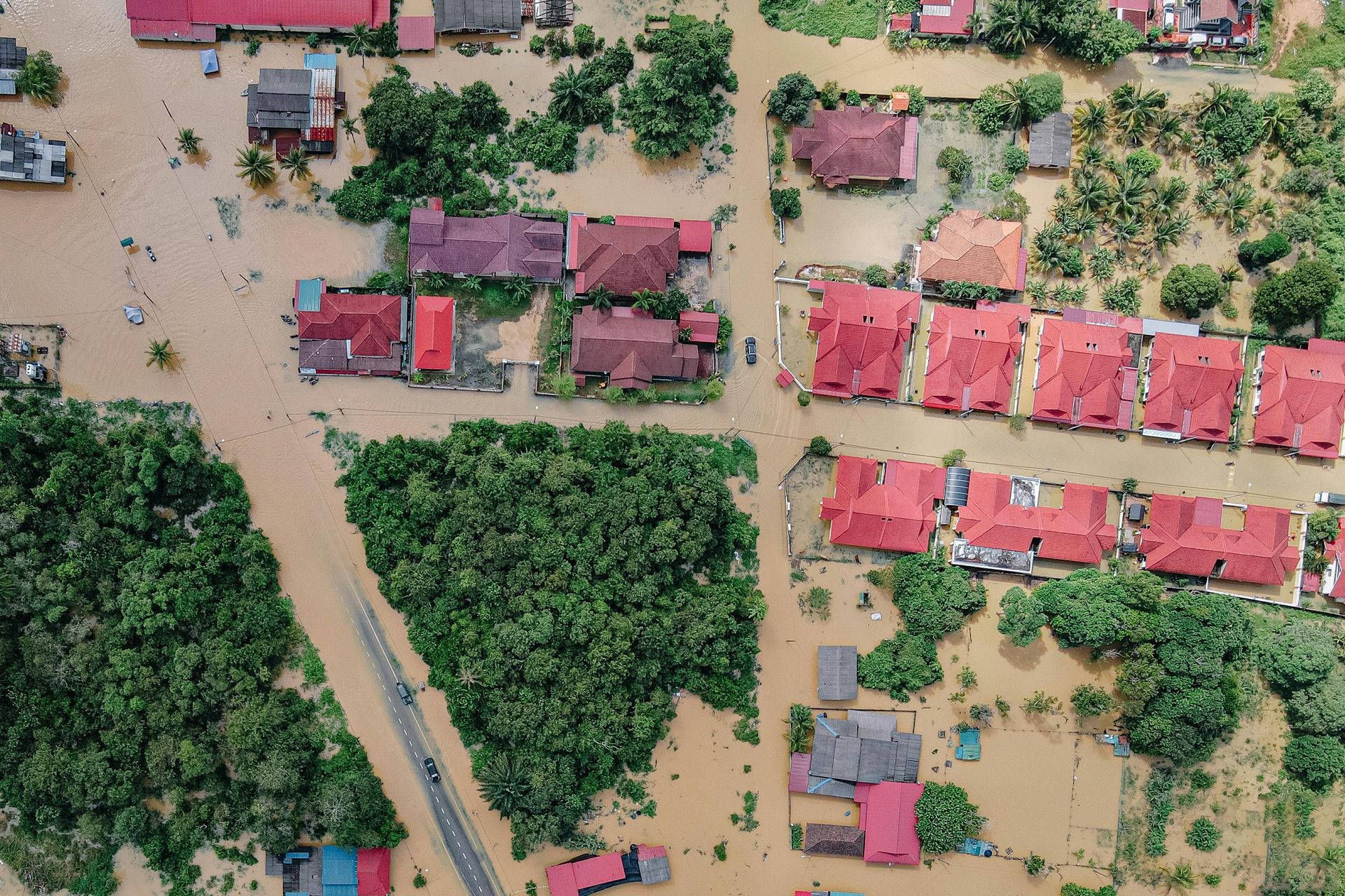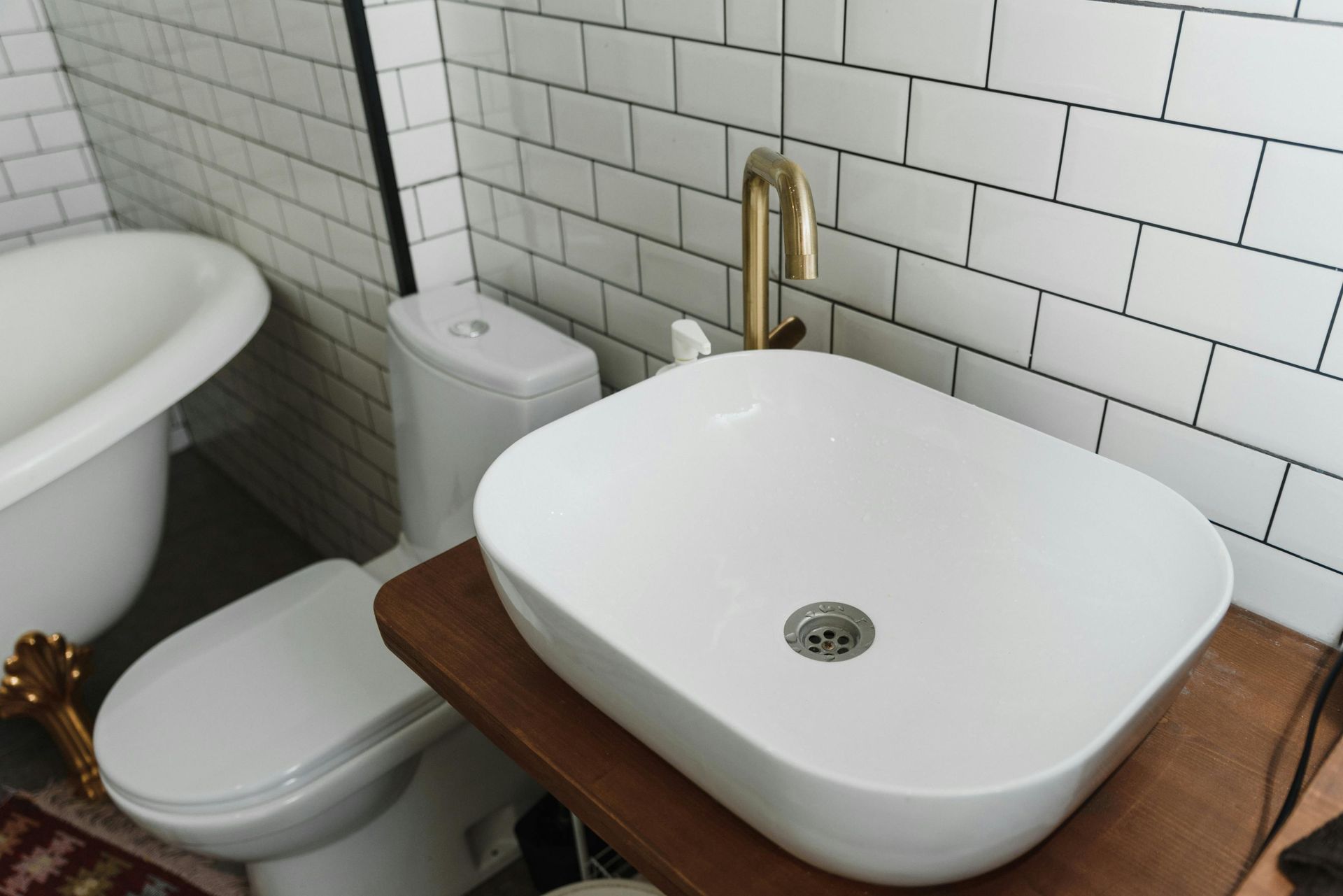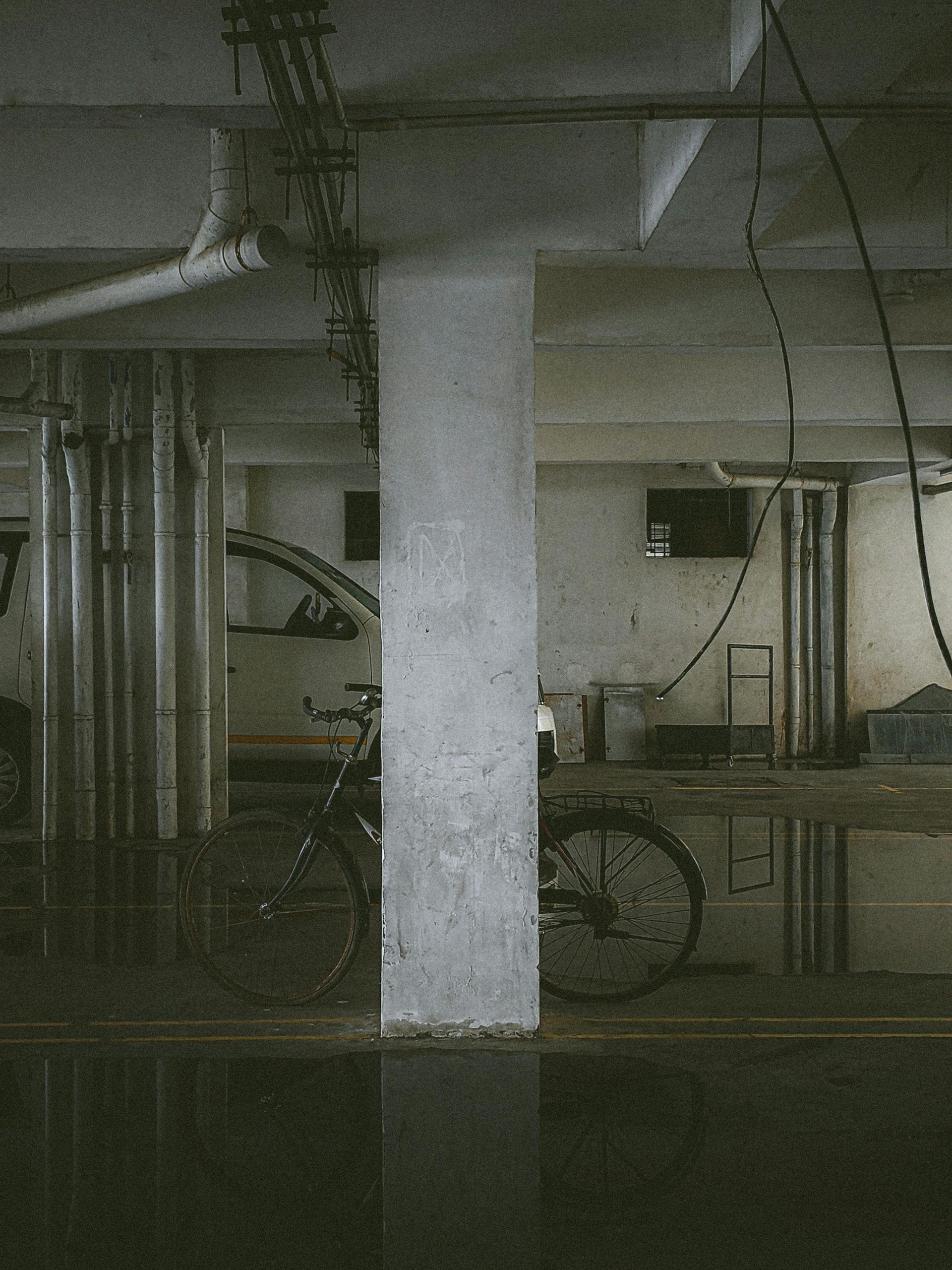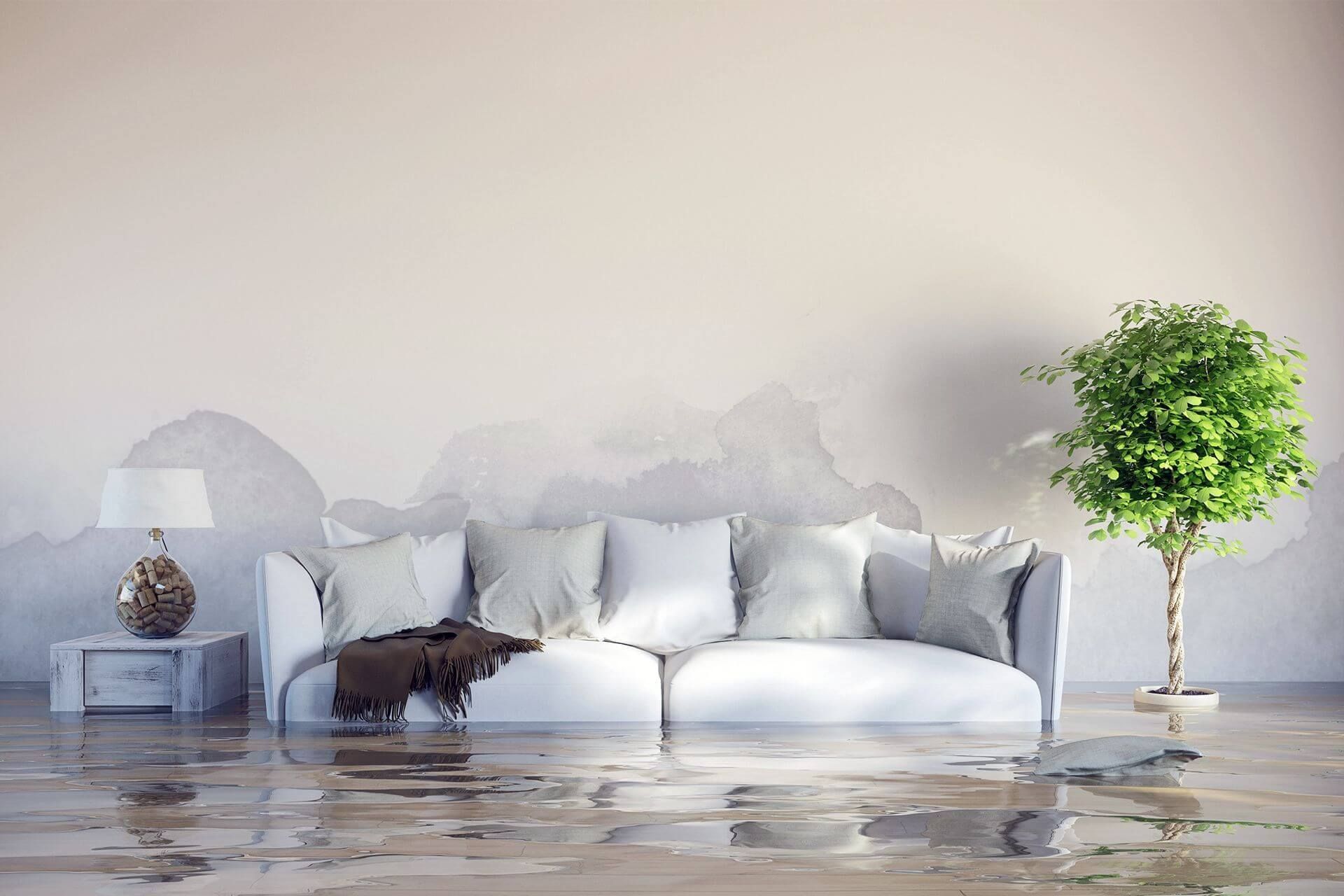How to Fix Water Damage and Prevent Future Problems
Water damage happens when water leaks, floods, or seeps into places it should not be, such as walls, floors, or ceilings. If not handled quickly, it can lead to mold growth, weakened structures, and expensive repairs. Many homeowners overlook early signs of water damage, but delaying action often makes the damage worse and harder to repair.
This guide will walk you through practical, step-by-step instructions on how to fix water damage. You will learn the immediate actions to take, how to assess the extent of damage, and when to call a professional. By following these steps, you can reduce long-term costs, protect your home, and restore it safely.
Key Takeaways
- Acting fast after water damage helps stop mold and keeps the damage from getting worse.
- Look closely for hidden water and mold signs to catch problems early.
- Dry everything well and clean up carefully to keep your home safe and healthy.
- Small repairs can be done by yourself, but big damage needs a pro’s skills and tools.
- Fixing leaks and checking your home often can help stop water damage before it starts.
How to Fix Water Damage: Immediate Steps for Homeowners
The first few hours after water damage are the most important. Acting quickly can prevent the problem from getting worse and reduce repair costs. Here are the first steps you should take right away.
- Turn off the water source if it is a leak or burst pipe. Shut off electricity in the affected area to prevent shocks.
- Document the damage with plenty of photos and videos before you start cleaning. This will help with insurance claims.
- Remove standing water using towels, mops, or a wet/dry vacuum. For larger amounts of water, consider renting a water extraction machine.
- Start drying the area as soon as possible. Open windows for natural airflow, run fans, and use dehumidifiers to reduce moisture levels.
- Remove furniture, rugs, or valuables from the affected area to keep them from getting more damaged.
Quick action helps limit structural issues and lowers the chance of mold growth, which can start within just 24 to 48 hours.
Inspect and Identify the Extent of Damage
Once the immediate danger is under control, the next step is to understand how far the water has spread. Some damage is easy to see, but water can also seep into hidden spaces and cause long-term problems if left untreated.
Start by looking closely at the affected areas.
- Check for visible signs such as stains, discoloration, soft spots, or bubbling paint on walls and ceilings.
- Use a moisture meter to detect hidden moisture inside walls, floors, or baseboards that may not be obvious to the eye.
- Look for early signs of mold, such as a musty odor or small dark spots. Mold can spread quickly and pose serious health risks.
- Inspect floors for warping or buckling, especially in wood and laminate surfaces.
If you see widespread mold or damage that threatens the structure of your home, it is safer to call a professional restoration company. They have the right equipment to find hidden problems and remove dangerous mold infestations.
Drying and Cleaning Process
After assessing the damage, it is critical to fully dry out the area and clean it properly. Any leftover moisture can lead to mold growth and further structural issues, so this step should not be rushed.
Here are key actions to take during the drying and cleaning process.
- Keep running fans and dehumidifiers until all surfaces are completely dry. Monitor moisture levels regularly to be sure the area stays dry.
- Open windows when weather allows to improve airflow and speed up evaporation.
- Disinfect all affected surfaces, even if the water seemed clean. Use safe cleaning solutions to eliminate bacteria and prevent mold.
- Remove porous materials such as carpets, rugs, insulation, or upholstered furniture that have absorbed water. These items often cannot be salvaged and may harbor mold if left in place.
- Wash and sanitize any items that came into contact with the water, especially if it was from a contaminated source.
Thorough drying and cleaning are essential steps in the water damage restoration process. By tackling moisture and sanitizing early, you lower the risk of health issues and future repairs.
Repairing and Restoring Damaged Areas
Once everything is dry and clean, you can focus on fixing the damage. Some repairs are simple and can be handled on your own, while others may need professional help. The goal is to restore your home so it is safe, sturdy, and looks like it did before.
Here are common repair and restoration steps.
- Remove and replace damaged drywall, plaster, or wood panels. If only a small section is affected, you may be able to patch it instead of replacing the entire wall.
- Sand and smooth repaired surfaces to prepare them for repainting or refinishing.
- Repaint walls and ceilings using mold-resistant paint for added protection.
- Repair or replace flooring if it has warped or weakened. This applies especially to hardwood and laminate that do not recover well from water exposure.
- Fix or replace furniture, cabinets, or fixtures that were damaged by water.
When damage is more than cosmetic, such as structural weakening or widespread material loss, it is best to bring in professionals. They can ensure repairs meet safety standards and prevent hidden issues from causing problems later.
Water Damage Assessment and Classification
After fixing the immediate problem, the next step is making sure it doesn’t happen again. Prevention saves you time, money, and stress by protecting your home from future leaks or flooding.
Here are some practical prevention tips.
- Inspect your roof, gutters, and downspouts regularly. Clean debris and fix any leaks to keep water from entering your home.
- Check plumbing lines and appliances for leaks, wear, or cracks. Replace old hoses and parts before they fail.
- Seal around windows, doors, and foundations to block water from seeping inside during heavy rain.
- Use waterproofing membranes, sealants, or moisture-resistant paint in areas prone to dampness, like basements and bathrooms.
- Schedule routine home inspections, especially before and after storm seasons.
By staying on top of maintenance, you can lower the risk of costly water damage repairs in the future. Small steps now can save you from major issues later.
When to Call a Professional
Not all water damage can or should be handled on your own. Some situations are too dangerous, too widespread, or require specialized tools for proper restoration. Knowing when to bring in experts can protect your home and your health.
You should call a professional if you notice any of these situations.
- Significant structural damage such as sagging ceilings, weak floors, or collapsing walls.
- Widespread or dangerous mold growth that could pose health risks.
- Electrical damage or plumbing issues that may cause safety hazards.
- Large-scale flooding or damage that goes beyond what you can safely clean and repair yourself.
- Insurance claims that involve extensive restoration costs requiring official documentation and licensed repair work.
Water damage restoration companies use advanced drying equipment, protective gear, and professional-grade cleaning products. Their expertise ensures the job is done thoroughly and safely.
Here is a comparison of DIY and
professional water damage repair to help you decide which approach fits your situation best. Understanding the differences in cost, time, scope, safety, and effectiveness can guide you in choosing the right solution for your home.
| Factor | DIY Water Damage Repair | Professional Water Damage Repair |
|---|---|---|
| Cost | Generally lower upfront costs. | Higher initial cost but may reduce long-term expenses. |
| Time | Can be time-consuming, especially for thorough drying and repairs. | Faster due to specialized equipment and trained staff. |
| Scope | Suitable for minor damage or small areas. | Best for extensive or complex damage, including mold removal and structural repairs. |
| Safety | Risk of exposure to mold, electrical hazards, and improper repairs. | Professionals use safety gear and follow industry standards. |
| Effectiveness | Effective for simple cleanup and small repairs when done carefully. | More effective in preventing hidden issues and ensuring complete restoration. |
DIY repair can be a cost-saving option for small-scale cleanups and minor damage. However, it requires significant time and care to avoid risks like mold exposure or incomplete drying.
Professional repair is more expensive but offers faster, safer, and more thorough restoration, especially when dealing with major damage or health hazards. Evaluate your comfort level, the extent of damage, and budget before deciding the best path forward.
Taking Control of Water Damage Starts Now
Water damage can feel overwhelming, but with the right steps, it is manageable. Acting quickly, assessing the damage thoroughly, and drying and cleaning carefully are the keys to preventing bigger problems like mold and costly repairs. Whether you choose to tackle small repairs yourself or call in professionals for larger jobs, the important thing is to address water damage without delay.
By staying vigilant and maintaining your home against future leaks, you can protect your investment and keep your living space safe and comfortable. Taking control early makes all the difference in turning a stressful situation into a fixable one.
Ready to Restore Your Home with Confidence?
If water damage is stressing you out or the job feels too big, Pursuit Restoration is here to help every step of the way. Take the guesswork out of repairs and prevent future problems by getting expert advice and service.
Schedule a service online today or call us at
(208) 515-6503 to learn more about how we can protect your home and restore it safely.
